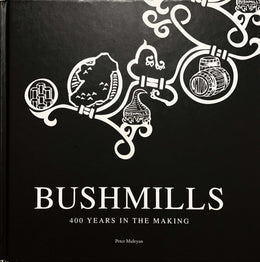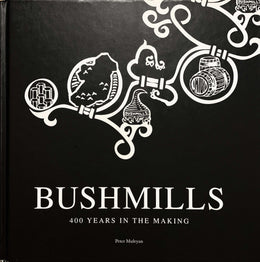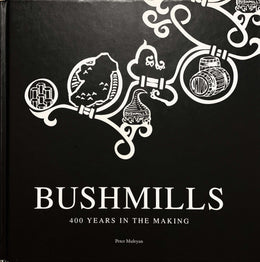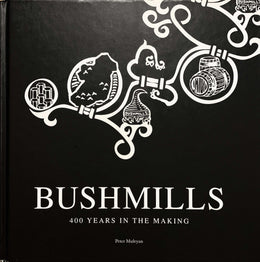It says a lot about Old Bushmills that a section titled 'Modern Times' starts in 1610. But then, as one of the two towns developed by the London Guilds, Coleraine (the other was Londonderry —Guilds commonly added their title to `Planted' towns) was being laid out and the Diamond in the town centre was completed in this year.
Coleraine quickly became a centre of commerce. The river Bann was the scene of great industry with limekilns, brickyards and timber stores supplying building materials for the new town. Around this time, watermills began to appear on the River Bush, and indeed the name Bushmills dates from the early 17th century.
We know precious little about what was happening in the hundreds of distilleries scattered around the country. Across much of the land, distilleries were farm based and family operated. Up until 1761 registration was voluntary, and to register meant tax had to be paid. It is easy to believe Victorian writer Alfred Barnard's account of how in 1743 distilling in the Bushmills area was "in the hands of smuggler".
It is 1766 before the tax returns for the Coleraine area, which included Bushmills, give us our first snapshot of distilling in the area. They list 45 stills as being licensed, but you can be certain there was at least that amount again unlicensed.
At this point in time distilleries were widely scattered across rural areas of the country, where there were poor transport links and the rule of law was most often observed by its absence. If keeping track of who distilled what was difficult, collecting revenue must have been even harder. Areas like Coleraine were relatively well policed, but in the West of Ireland, or in the Highlands of Scotland, the Crown had very little presence. A fortune in uncollected Excise was being lost.
In 1779 the government in London, tired of chasing distillers over the muddy highways and byways of the Celtic fringe, changed the way it would collect revenue. They imposed a duty on the still, not on the spirit it produced. The idea was to simplify duty collection and "to secure receipt of the whole licence duty without risk and almost without expense". The Crown worked out how much you owed, by estimating how much spirit you could produce if you charged a still four times in twenty-eight days. This meant that before they even started, some small operators owed more in tax than they could ever earn. Caught between the larger distilleries and the unlicensed poitin makers, these small distilleries were squeezed out of business. When the new tax regime came into force there were some 1,228 distilleries in Ireland; a year later just 246 were still registered. In the Coleraine Excise area for example 47 stills are recorded in 1782, down to only 8 by 1791. The missing distillers hadn't gone out of business —they had simply gone underground.

The year 1784 is important, because this is when a business, probably related to the distillery that exists today, was first registered as Bushmills. Indeed '1784' was embossed on bottles and printed on all Old Bushmills labels until the mid-1960s.
Written by Peter Mulryan
The text is an excerpt from "Bushmills: 400 Years in the Making" (pp. 25 - 26), written by Peter Mulryan, published 2008 by Appletree Press Ltd.







